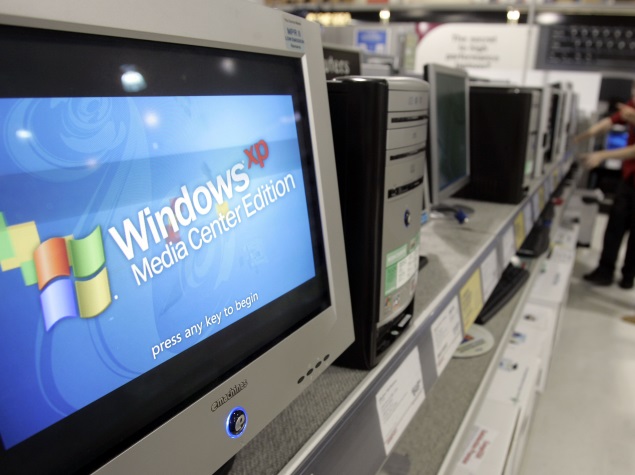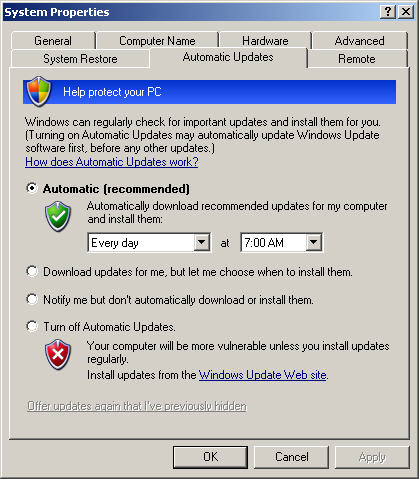



- #Windows xp critical updates update#
- #Windows xp critical updates manual#
- #Windows xp critical updates Patch#
- #Windows xp critical updates software#
Organizations that have been unable to move off legacy systems buy expensive extensive support systems. Microsoft doesn’t owe anyone updates for unsupported software, and WannaCry didn’t target Windows XP (don’t forget, Windows 7 is still under support), but decided the potential for damage by these three tools was bad enough to warrant an emergency patch. On the surface, the move smacks of a responsible company. Microsoft hasn’t said it has seen attacks utilizing these tools, nor has it identified concrete reasons to explain what this step was necessary this time around.
#Windows xp critical updates manual#
The disclosure of three more tools-ExplodingCan (CVE-2017-7269), EsteemAudit (CVE-2017-9073 ), and EnglishmanDentist (CVE-2017-8487)-which target vulnerabilities in older Windows versions appears to have spooked Microsoft again into releasing manual updates.
#Windows xp critical updates Patch#
Even though WannaCry did not work against Windows XP systems (the outbreak spread by infecting unpatched Windows 7 systems), Microsoft released an emergency patch for Windows XP addressing the SMBv1 vulnerability to prevent WannaCry, or later copy-cat variants, from infecting XP systems. Microsoft was clearly concerned that attackers, both state-sponsored and of the cybercriminal variety, could use these hacking tools in various campaigns, similar to the way the WannaCry ransomware, which included the ExternalBlue exploit code from the ShadowBrokers dump, used its worm-like capabilities to infect thousands of companies around the world in a very short period of time.
#Windows xp critical updates update#
The updates for older versions of Windows, including Windows XP and Windows Server 2003, need to be applied manually and can be found in the Microsoft Download Center or the Update Catalog. The company decided to release updates for all supported and unsupported versions of Windows because “applying these updates provides further protection against potential attacks with characteristics similar to WannaCrypt,” Hall wrote. Microsoft believes the vulnerabilities pose “elevated risk for destructive cyber attacks” by nation-state actors, Adrienne Hall, general manager of Microsoft’s Cyber Defense Operations Center, wrote in a blog post. It makes perfect sense, then, to worry about the possibility of widespread attacks against legacy systems when the ShadowBrokers revealed three hacking tools utilizing vulnerabilities in older versions of Windows in its cache of stolen hacking tools. Microsoft ended support for Windows XP in April 2014 and Windows Server 2003 in July 2015, but there are still over 100 million legacy Windows systems still in use around the world. Newer and more modern versions, especially operating systems, have security features that make it harder for attacks to succeed, and the fact that they are still being supported means vulnerabilities are being fixed regularly.
#Windows xp critical updates software#
While Microsoft releasing a patch for unsupported versions of Windows to fix vulnerabilities that could be exploited by the hacking tools dumped by the ShadowBrokers helps organizations hanging onto legacy systems, it also makes the case for keep these systems around even longer.Įnterprises hanging on to old software years after it is no longer supported, regardless of the reason, gives attackers a security hole to exploit.


 0 kommentar(er)
0 kommentar(er)
